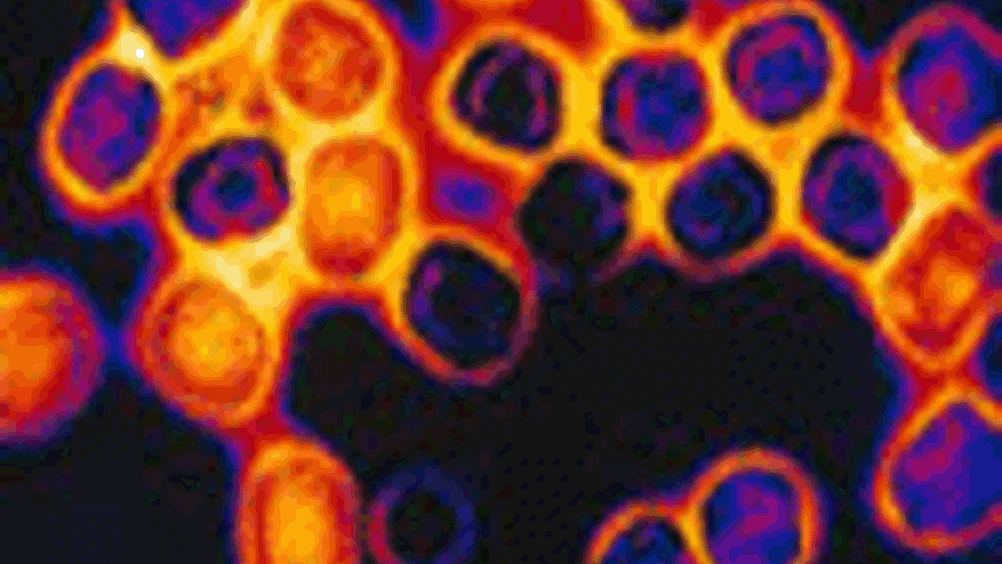Viruses build tiny batteries

MIT scientists have manipulated the genes in viruses to coax them to build nanowire structures for use in very thin lithium-ion batteries.
The goal of the work, led by MIT Professors Angela Belcher, Paula Hammond and Yet-Ming Chiang, is to create batteries that store as much electrical energy in as small or lightweight a package as possible. The batteries they hope to build could range from the size of a grain of rice up to the size of existing hearing aid batteries.
The MIT team used an intricate assembly process to create the battery anode. They manipulated the genes in a laboratory strain of a common virus, making the microbes collect cobalt oxide and gold. Because these viruses are negatively charged, they can be trapped between oppositely charged polymers to form thin, flexible sheets. The resulting dense, virus-loaded film serves as an anode.
The MIT team then made the cobalt oxide and gold-coated viruses align themselves on the polymer surface to form ultrathin wires. Each virus, and thus the wire, is only 6 nanometres in diameter, and 880 nanometres in length.
Register now to continue reading
Thanks for visiting The Engineer. You’ve now reached your monthly limit of news stories. Register for free to unlock unlimited access to all of our news coverage, as well as premium content including opinion, in-depth features and special reports.
Benefits of registering
-
In-depth insights and coverage of key emerging trends
-
Unrestricted access to special reports throughout the year
-
Daily technology news delivered straight to your inbox










UK Automotive Feeling The Pinch Of Skills Shortage
Not so much attracting skills to the UK but generating skills within the UK is what is needed! That statement suggest they are in effect wanting to...